Flowers That Represent Anxiety and Depression
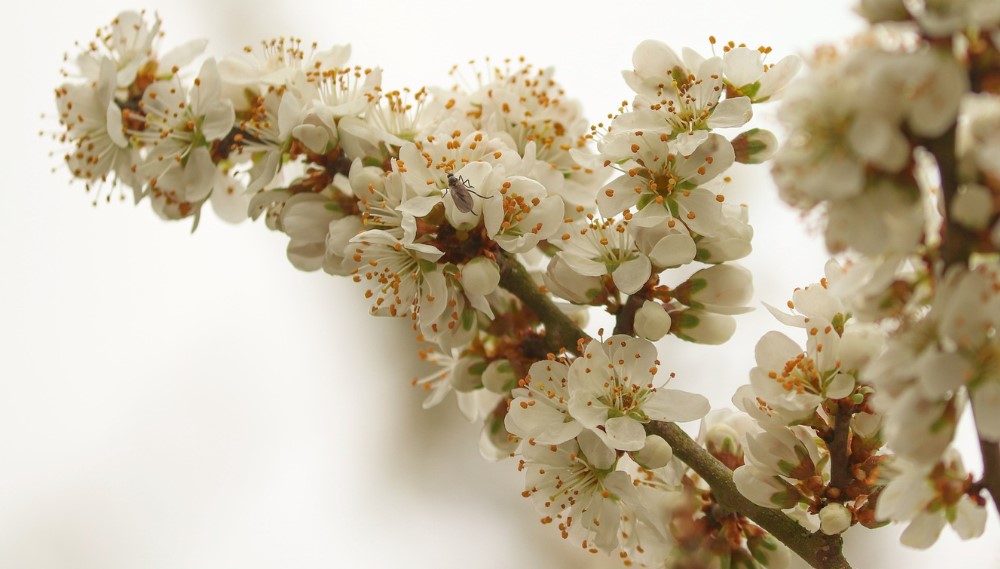
Anxiety and depression are common mental health conditions that can be difficult to convey, especially to those who have never experienced them. One way that people often express these feelings is through the use of symbolic flowers, which can represent their vulnerable emotions in a visual way. Most people think of flowers as something that represents the joy and beauty of life.
In this guide, we will showcase some flowers that represent anxiety and depression. We’ll also explore the best flowers to combat depression and anxiety, helping you reduce stress through the beauty of floral arrangements.
Flowers That Represent Depression
According to Mental Health America, major depression affects more than 21 million American adults every year. Given how prevalent mental illnesses are, the importance of finding ways to manage and process negative emotions is monumental.
Knowing the flowers that represent depression can help you find new ways to express yourself cathartically, artistically, and through helpful nonverbal communication.
Here are some flowers with these connotations.
Dark Red Roses
| Common Name | Dark Red Roses, Red Roses, |
| Botanical Name | Rosa |
| Family | Rosaceae |
| Plant Type | Flower |
| Size | 12 in. tall, 6 in. wide |
| Sun Exposure | Full |
| Soil Type | Well-drained |
| Soil pH | Acidic, Neutral |
| Bloom Time | Late Spring – Early Autumn |
| Flower Color | Dark Red, Burgundy, Maroon |
| Hardiness Zones | 5-8 (USDA) |
| Native Area | Asia |
| Toxicity | Non-toxic |
You might associate these beautiful blooms with romance. Because roses have such a potent fragrance and stunning soft petals, they are popular as symbols of love.
While those connotations suit brighter red roses, darker red roses convey a more sorrowful meaning. A dark red rose, or a burgundy red rose, is a symbol of unrequited love.
Just like the feeling of touching a thorn beneath a rose, love can sometimes prove more painful than initially anticipated, triggering periods of both depression and anxiety.
For this reason, roses symbolize the complexity of love and its capacity to bring both joy and suffering.
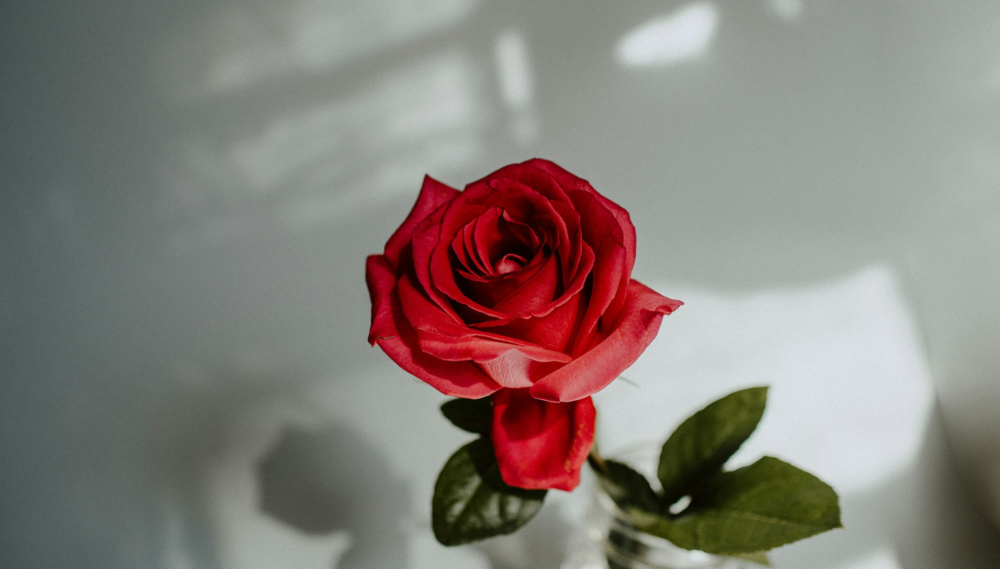
Lily of the Valley
| Common Name | Lily of the valley, May lily, May bells |
| Botanical Name | Convallaria majalis. |
| Family | Asparagaceae |
| Plant Type | Flower |
| Size | 6-12 in. tall, 9-12 in. wide |
| Sun Exposure | Partial, shade |
| Soil Type | Well-drained |
| Soil pH | Acidic, Neutral |
| Bloom Time | Spring – Summer |
| Flower Color | White |
| Hardiness Zones | 3-8 (USDA) |
| Native Area | Europe |
| Toxicity | Toxic to people, toxic to pets |
As a fast-growing perennial, the lily of the valley can quickly form a fragrant ground cover of beautiful bell-shaped flowers during the springtime.
In some parts of the world, like Finland and France, the lily of the valley makes the perfect gift, representing good luck and happiness. Nonetheless, not everybody associates the lily of the valley with such optimism.
The lily of the valley also symbolizes the pain and sorrow of grief, which is why you may see them featured in floral arrangements intended for funerals.
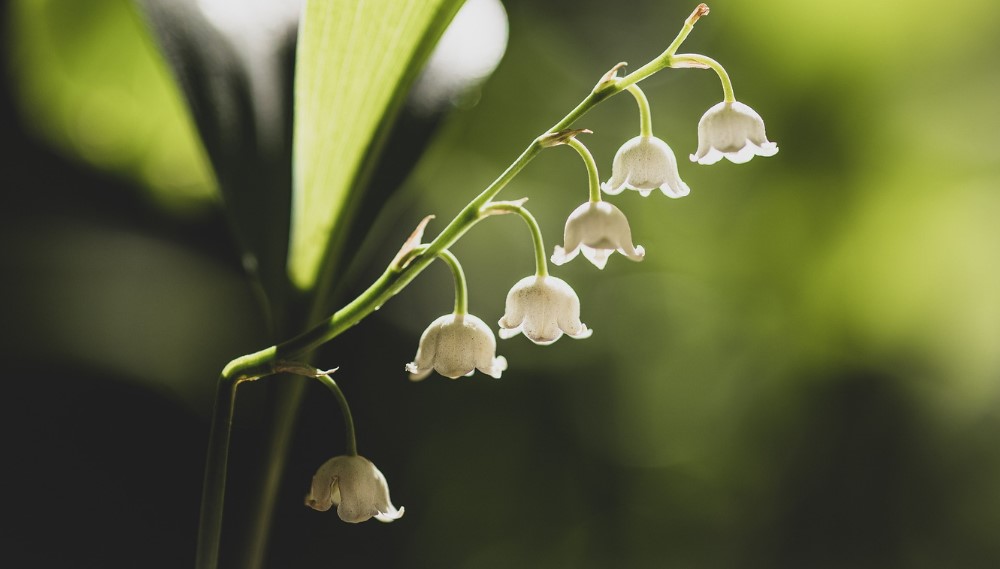
Butterfly Weeds
| Common Name | Butterfly weed, Butterfly milkweed |
| Botanical Name | Asclepias tuberosa. |
| Family | Asclepiadaceae |
| Plant Type | Milkweed |
| Size | 1-2 ft. tall, 12-18 in. wide |
| Sun Exposure | Full |
| Soil Type | Well-drained |
| Soil pH | Acidic, Neutral |
| Bloom Time | Summer |
| Flower Color | Orange and Yellow |
| Hardiness Zones | 3-9 (USDA) |
| Native Area | North America |
| Toxicity | Mildly toxic to people, mildly toxic to pets |
Butterfly weeds sport vibrant orange flowers, and, as the name suggests, they are excellent at attracting pollinators like butterflies.
Despite their vivid beauty, butterfly weeds have been known to represent loneliness and rejection. For this reason, some see butterfly weeds as symbols of grief, abandonment, and depression
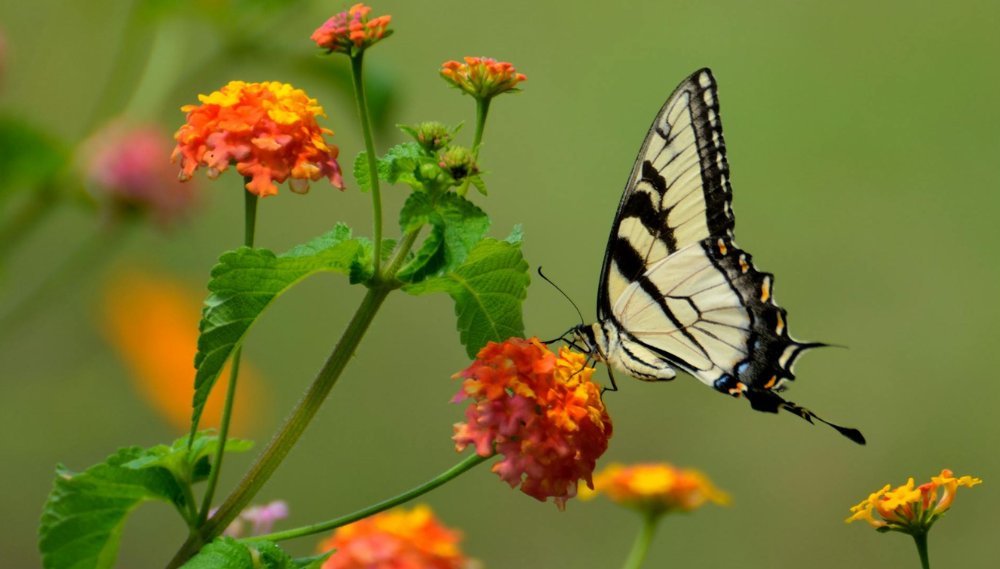
Flowers That Represent Anxiety
According to the ADAA (Anxiety & Depression Association of America), approximately 6.8 million American adults struggle with Generalized Anxiety Disorder (GAD).
Here are some of the flowers that symbolize anxiety.
Blackthorn Flowers
| Common Name | Blackthorn flowers, Sloe flowers |
| Botanical Name | Prunus spinosa |
| Family | Rosaceae |
| Plant Type | Flower |
| Size | ½ inch tall, ½ inch wide |
| Sun Exposure | Full |
| Soil Type | Well-drained |
| Soil pH | Neutral |
| Bloom Time | Spring |
| Flower Color | White |
| Hardiness Zones | 4-8 (USDA) |
| Native Area | Europe and Western Asia |
| Toxicity | Toxic to people, toxic to pets |
The sinister symbolism of these deceptively twee, white flowers stems from Scottish mythology and folklore.
Blackthorn flowers were associated with warfare, wounds and death, and even dark witchcraft.
Most importantly, blackthorn flowers are sacred to the Scottish Crone Cailleach, or the Divine Hag, who was known to bring harsh winter storms and death wherever she went.
To accompany their rich, dark mythological history, blackthorn flowers also have dark black stems and incredibly long thorns, warning of nearby danger.
For this reason, blackthorn flowers have come to represent the anxiety one feels when face to face with pain and death.
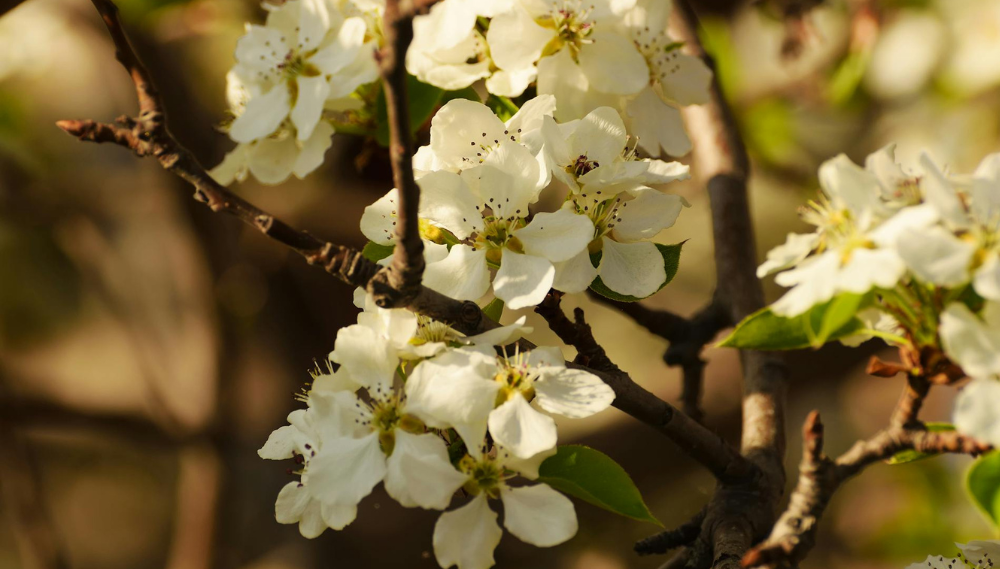
Buttercups
| Common Name | Buttercups, Meadow buttercups, Tall buttercups |
| Botanical Name | Ranunculus |
| Family | Ranunculaceae |
| Plant Type | Flower |
| Size | 1-3 ft tall, 2-5 in. wide |
| Sun Exposure | Full |
| Soil Type | Well-drained |
| Soil pH | Acidic, Neutral |
| Bloom Time | Spring – Early Summer |
| Flower Color | Yellow |
| Hardiness Zones | 8-11 (USDA) |
| Native Area | Northern Europe and Asia |
| Toxicity | Toxic to people, toxic to pets |
If you enjoyed spending time in your garden as a child, you’ve probably encountered buttercups before. You may even associate them with the joys of childhood and innocence.
However, you may be surprised to learn that buttercups convey a multitude of negative emotions, such as childishness, ingratitude, and unfaithfulness.
The idea that a loved one either doesn’t appreciate you or isn’t loyal to you can induce stress, anxiety, and depression.
That being the case, you won’t find many buttercups for sale in your local flower shop!
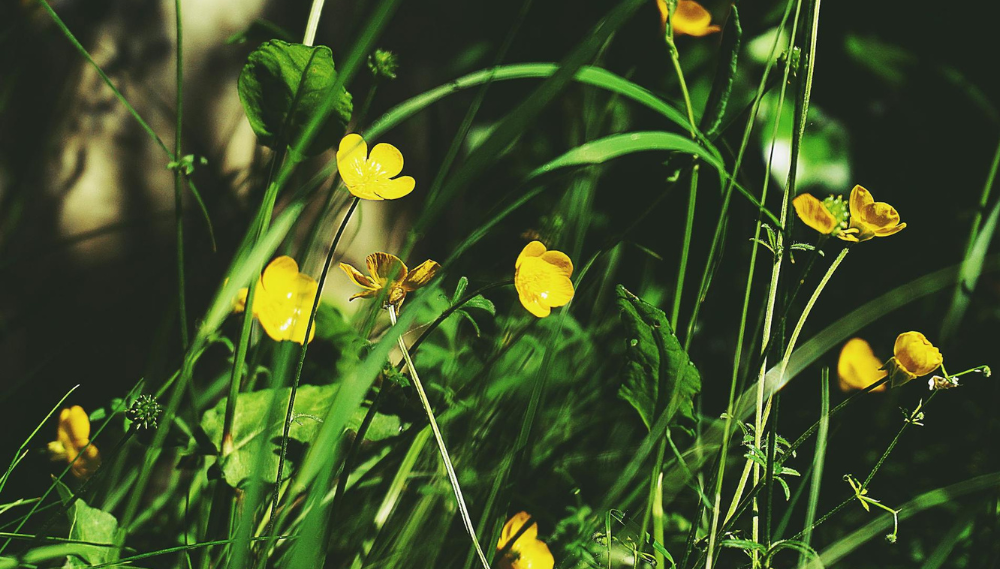
Poppies
| Common Name | Poppies, Corn Poppies, Corn Roses, Flander’s Poppies |
| Botanical Name | Papaver |
| Family | Papaveraceae |
| Plant Type | Flower |
| Size | 12-30 in. tall, 1-4 in. wide |
| Sun Exposure | Full |
| Soil Type | Loamy, Well-drained |
| Soil pH | Slightly acidic, Neutral |
| Bloom Time | Late Spring – Summer |
| Flower Color | Red, Orange, Yellow, Pink, Purple, and White |
| Hardiness Zones | 2-8 (USDA) |
| Native Area | Central Europe and Northern Africa |
| Toxicity | Toxic to people, toxic to pets |
The poppy flower stands for sadness, depression, or anxiety.
This is because the petals of a poppy flower are short-lived and can easily be crushed.
Interestingly, a poppy’s petals aren’t the only thing that symbolizes negative emotional experiences. You can grow/buy poppies in various appealing colors, from soft pink to bright yellow and even pure white. Each one represents a different emotion.
For instance, yellow poppies can symbolize jealousy, pink poppies can represent timidity, and white poppies are linked to insomnia.
Moreover, in Chinese culture, poppies also represent mourning and remembering departed loved ones.
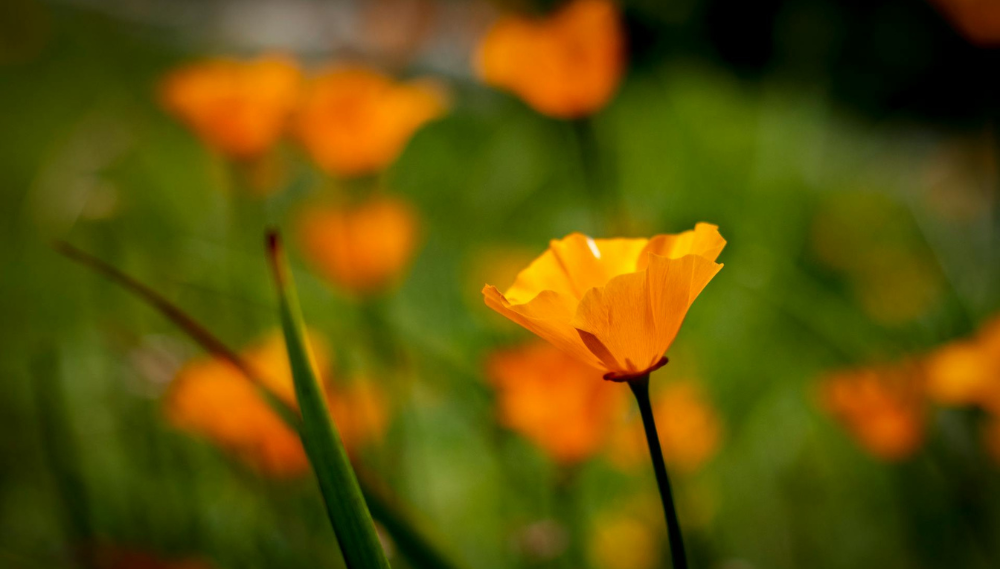
How Flowers Can Improve Your Mental Health
When picking flowers for mental health-related purposes, you don’t just have to consider buying/growing flowers that represent anxiety and depression. You can seek out flowers that will actively enhance your mood, improve your energy levels, and provide comfort.
To further reveal how flowers can improve an individual’s mental health, we’ve explored some of the benefits flowers can offer someone affected by mental illness or stress.
1. Enhanced Focus
You can lose focus when you’re stressed or tired, reducing your productivity when you need to be more productive.
Research shows that surrounding yourself with flowers and plants can help you stay focused, helping you get through your daily tasks without additional stress.
2. Improved Energy Levels
If you’ve ever been in an emotionally unhealthy headspace, you know to expect feelings of tiredness and sadness.
There are many studies that reveal how flowers and plants can boost your mood. What’s more, Harvard Medical School claims that boosting your mood can also boost your energy levels. Thus, having indoor plants and flowers means reducing fatigue and tiredness.
3. Better Sleep Routines
Anxiety and depression can lead to insomnia. When you’re experiencing a seemingly endless stream of intrusive thoughts, it can be difficult to sleep throughout the night.
Research shows that natural remedies like lavender oil and jasmine flowers can affect our central nervous systems, making it easier to sleep. From this research, we know that lavender oil contains high levels of linalool and linalyl acetate. These are organic compounds that induce calmness and enhance sleep.
4. Increased Air Quality
Plants serve as effective air purifiers, meaning that flowers will improve your emotional well-being as well as your physical health.
By breathing cleaner air, you’ll notice that you can think more clearly and become physically healthier over time. Since plants can reduce volatile organic compounds in the air, hosting flowers in your home or office will gradually improve your productivity and overall mood.
5. Aesthetic Comfort
The life cycle of flowers, from germination to full bloom, mirrors the personal growth journey of an individual.
For someone coping with anxiety or depression, flowers that represent growth can symbolize the journey through hardships and help you along the path to self-discovery. Plus, having something to care for can give you something to focus on.
Helpful Plants and Flowers: The Best Flowers For Depression
The significance of mental health awareness can’t be overstated. Those afflicted with severe mental illnesses need access to resources that can help them reduce anxiety and combat depression.
However, it doesn’t hurt to add a touch of beauty to life along the path to recovery with some of the best flowers for depression. The following flowers are some of the most relaxing, mood-improving flowers you can buy or grow for somebody suffering from depression.
Lavender
| Common Name | Lavender, English Lavender, True Lavender |
| Botanical Name | Lavandula |
| Family | Lamiaceae |
| Plant Type | Shrub |
| Size | 1-2 ft. tall, 2-3 ft. wide |
| Sun Exposure | Full, Partial |
| Soil Type | Loamy, Well-drained |
| Soil pH | Alkaline, Neutral |
| Bloom Time | Summer |
| Flower Color | Purple and Violet |
| Hardiness Zones | 5-9 (USDA) |
| Native Area | The Mediterranean |
| Toxicity | Toxic to people, toxic to pets if digested |
Lavender flowers are the source of one of the most popular essential oils in the world. Aside from the sleep-inducing benefits we mentioned earlier, inhaling lavender fragrance can also improve your short-term memory.
Lavender can even slow your heart rate and lower your blood pressure, helping you to fight stress.

Snake Plants
| Common Name | Snake plants, Mother-in-law’s tongue, Saint George’s sword |
| Botanical Name | Dracaena trifasciata |
| Family | Asparagaceae |
| Plant Type | Succulent |
| Size | 1-3 ft. tall, 6-36 in. wide |
| Sun Exposure | Indirect |
| Soil Type | Sandy, Well-drained |
| Soil pH | Slightly acidic, Neutral |
| Bloom Time | Spring |
| Flower Color | White, Cream, and Yellow |
| Hardiness Zones | 10-12 (USDA) |
| Native Area | Tropical West Africa |
| Toxicity | Mildy toxic to people, toxic to pets |
Snake plants are great at improving indoor air quality because they absorb toxic pollutants from your surrounding environment.
As you know, inhaling cleaner air can improve your mood and reduce your stress levels. Aside from its air-purifying properties, a snake plant’s tall, upright leaves can imbue any environment with a sense of structure and order, which can have calming aesthetic effects.
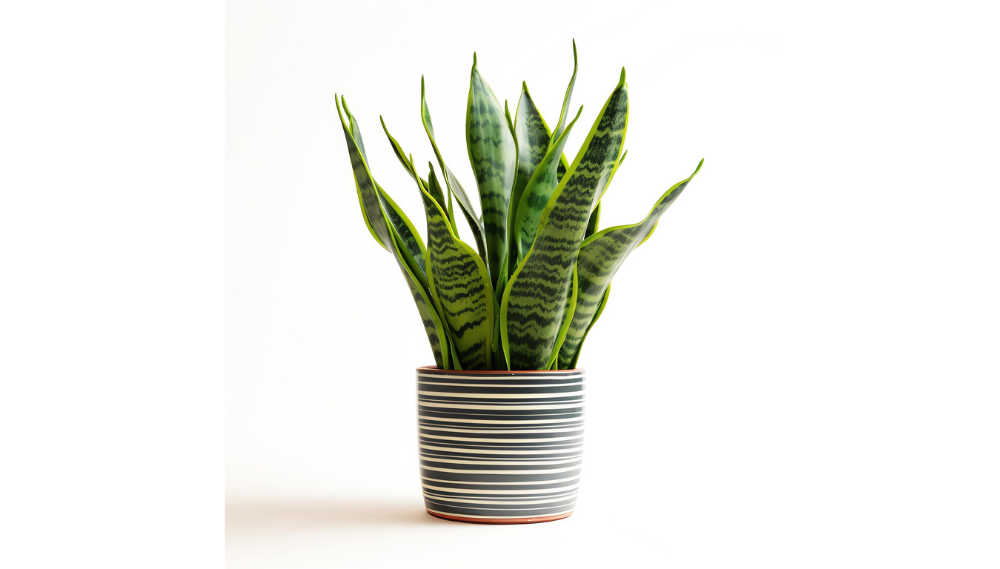
Aloe Vera
| Common Name | Aloe vera |
| Botanical Name | Aloe barbadensis miller |
| Family | Asphodelaceae |
| Plant Type | Succulent |
| Size | 1-3 ft. tall, 2-3 ft. wide |
| Sun Exposure | Indirect |
| Soil Type | Loamy, Sandy, Well-drained |
| Soil pH | Slightly acidic, Neutral |
| Bloom Time | Summer |
| Flower Color | Yellow, Orange, Red, and Pink |
| Hardiness Zones | 9-11 (USDA) |
| Native Area | Southern Africa, Madagascar, and the Arabian Peninsula |
| Toxicity | Toxic to pets |
Aloe vera is known for its physically soothing and healing properties, but its extract can also be used for mental health.
Specifically, aloe vera is rich in vitamins, minerals, amino acids, and salicylic acid, all of which serve as mood-regulating compounds.
Aloe vera is a known air purifier, making it a helpful resource to combat stress-induced headaches.
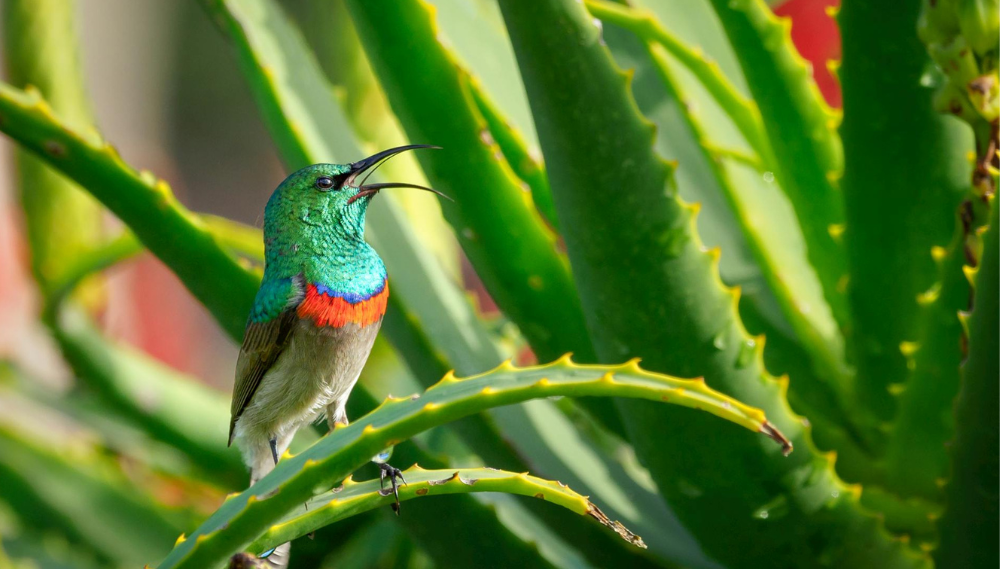
Beneficial Plants and Flowers: What Flowers Help With Anxiety?
There are also plenty of flowers that combat the stress-inducing effects of anxiety. Here are some of our top picks.
Jasmine
| Common Name | Jasmine |
| Botanical Name | Jasminum officinale |
| Family | Oleaceae |
| Plant Type | Shrubs |
| Size | 13-26 ft. tall, 4-8 ft. wide |
| Sun Exposure | Full |
| Soil Type | Well-drained |
| Soil pH | Slightly acidic, Neutral |
| Bloom Time | Late Spring – Early Autumn |
| Flower Color | White, Yellow, and Pink |
| Hardiness Zones | 7-10 (USDA) |
| Native Area | Tropical Eurasia, Africa, and Oceania |
| Toxicity | Toxic to pets |
Many people use jasmine flowers for aromatherapy as a way to relieve symptoms of insomnia, stress, and anxiety.
A jasmine flower’s scent directly alters a chemical in our central nervous systems known as GABA (gamma-aminobutyric acid).
Consequently, by inhaling the pleasant fragrance of a jasmine flower, you can calm your nerves, encourage healthy sleeping patterns, and soothe your anxiety.

Chamomile
| Common Name | Chamomile, German Chamomile |
| Botanical Name | Matricaria chamomilla |
| Family | Asteraceae |
| Plant Type | Flower |
| Size | 8-24 in. tall, 8-12 in. wide |
| Sun Exposure | Full |
| Soil Type | Well-drained |
| Soil pH | Neutral |
| Bloom Time | Summer |
| Flower Color | White |
| Hardiness Zones | 2-9 (USDA) |
| Native Area | Europe |
| Toxicity | Toxic to pets |
Chamomile is revered for its anti-anxiety properties. It contains apigenin, which is a compound that shares some of the same side effects as benzodiazepines (a form of anti-anxiety medication).
What’s more, chamomile makes for an excellent muscle relaxant. This means that it can alleviate the physical symptoms of anxiety, like muscle tension.
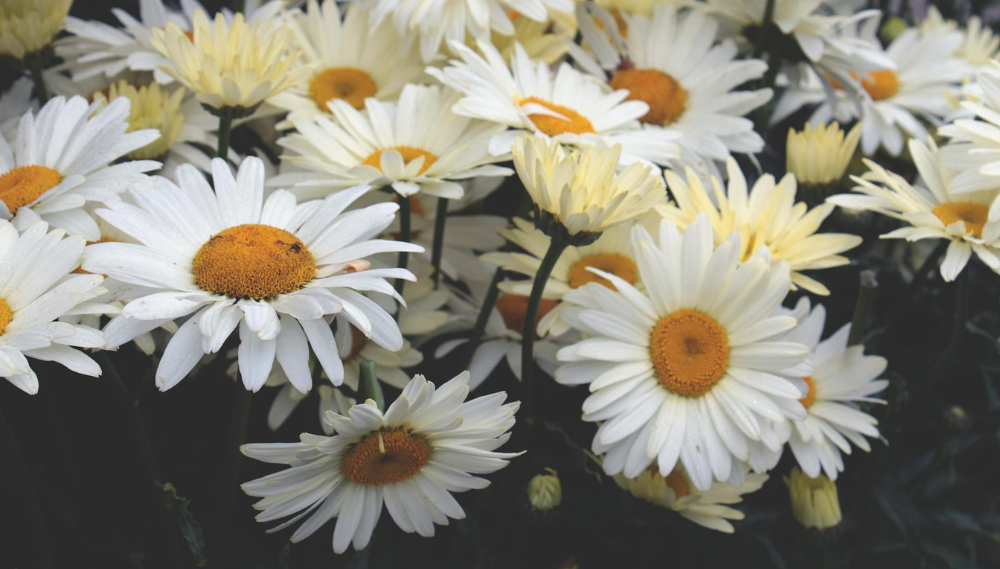
Gerbera Daisies
| Common Name | Gerbera daisies, Barberton daisies, Transvaal daisies |
| Botanical Name | Gerbera jamesonii |
| Family | Asteraceae |
| Plant Type | Flower |
| Size | 6-18 in. tall, 9-12 in. wide |
| Sun Exposure | Full, Partial |
| Soil Type | Moist, well-drained |
| Soil pH | Acidic, Neutral |
| Bloom Time | Summer – Autumn |
| Flower Color | Red, Yellow, Pink, White, and Orange |
| Hardiness Zones | 8-10 (USDA) |
| Native Area | Africa |
| Toxicity | Non-toxic |
The delightfully colorful appearance of gerbera daisies is a testament to cheerfulness, optimism, and beauty, making them perfect for when you need a boost of positivity.
For this reason, many people find gerbera daisies to be an effective stress reliever.
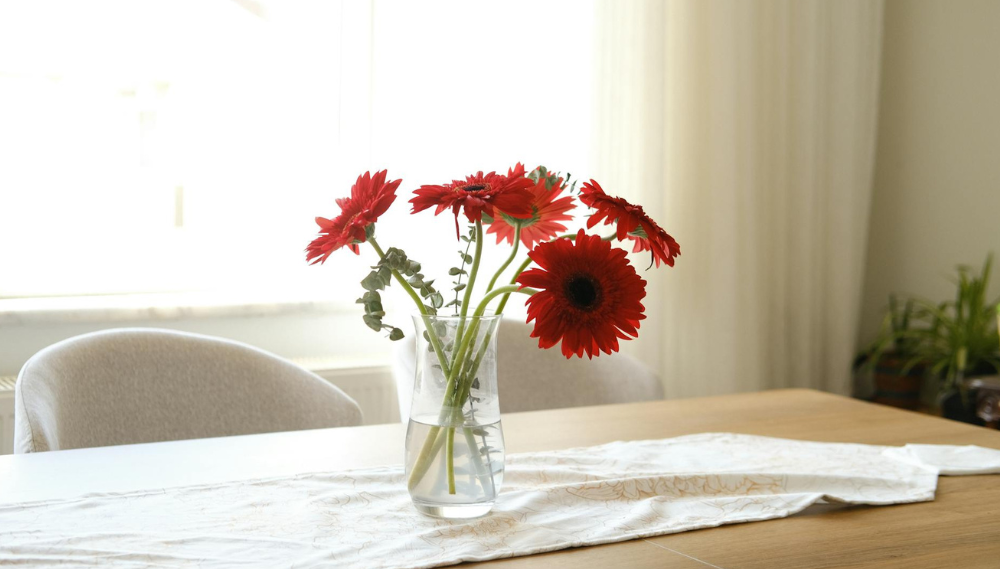
Flowers That Represent Anxiety and Depression: Final Thoughts
Flowers that represent anxiety and depression offer those afflicted with such mental illnesses a new source of comfort, giving them an outlet for self-expression.
Best of all, specific flowers can improve both the emotional and physical well-being of those who suffer from anxiety and depression. If you know someone who frequently faces the struggles of depression and anxiety, we recommend sending them a bouquet of some of the flowers we’ve discussed today.
Flowers remind us that, like them, we can find our strength to grow and thrive in all conditions.
For more tips on flowers and gardening, check out our blog!
Frequently Asked Questions
Our most frequently asked questions concerning flowers that represent anxiety and depression.
1. Which flower symbolizes trauma?
Many people symbolically associate a wilted black rose with extreme guilt and the inability to move on from deeply traumatic experiences. The black rose’s dark, somber petals reflect an individual’s inner turmoil as they come to accept and process their remorse and emotional pain.
2. Which flower represents healing from trauma?
The lotus flower is the perfect flower to symbolize healing from a traumatic experience. Lotus flowers bloom in the morning and close up again at night, only to miraculously rebloom again the next day. Undeterred by its often dirty environment, the lotus flower has become the symbol of revival and rebirth due to its unwavering will to survive.
3. Which flower represents regret and sorrow?
Specifically, the purple hyacinth flower represents regret and sorrow. However, purple hyacinths can also symbolize forgiveness.
4. Which flower symbolizes strength and hope?
There is no better flower to symbolize hope than the blue iris. In general, iris flowers have been associated with hope and faith for a long time, and the color blue has always been an indicator of power and royalty. Thus, the blue iris has become the ideal emblem of strength and hope in the floral world.